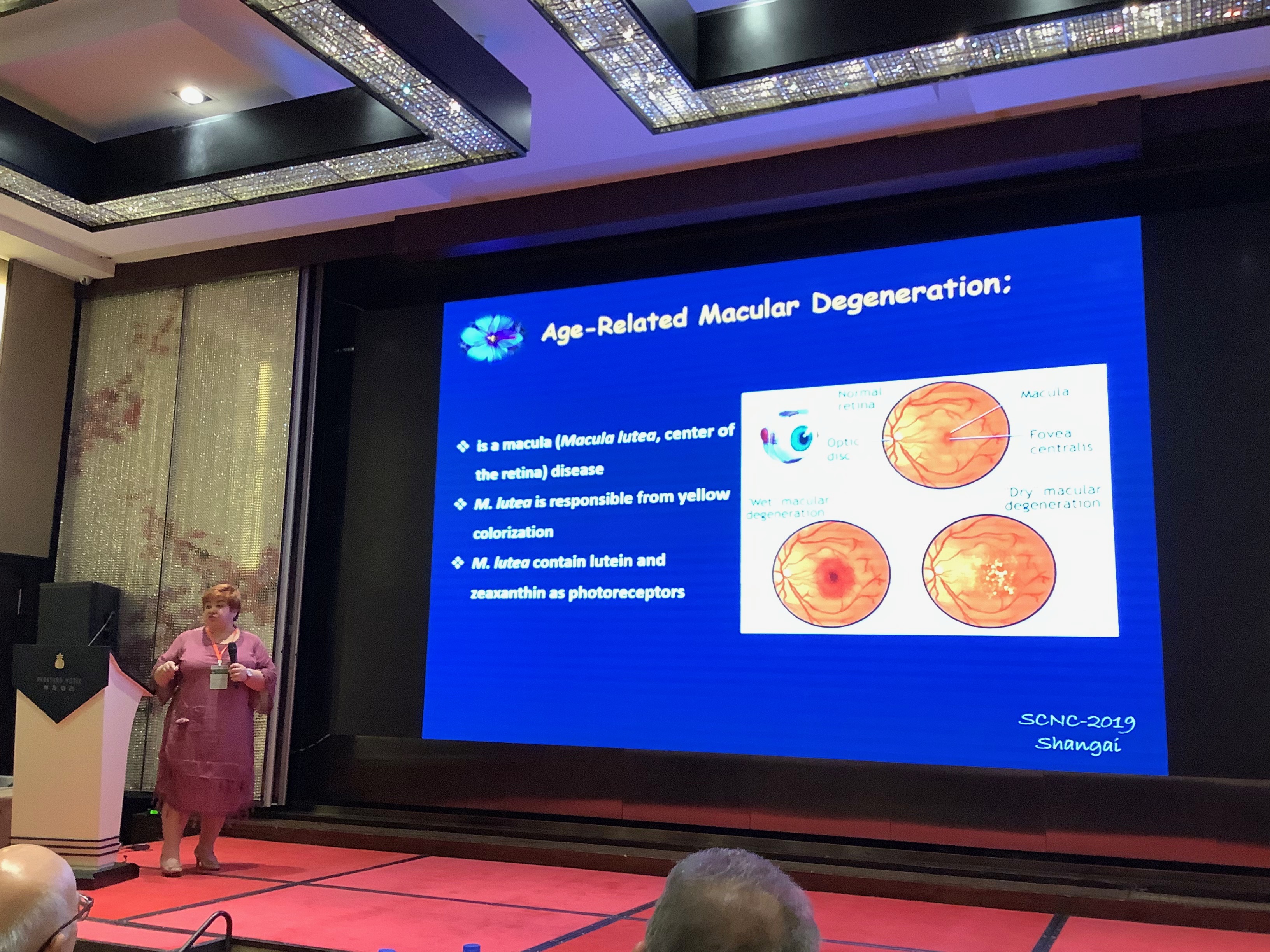
BENEFICIAL EFFECTS OF SAFFRON (Crocus sativus L.) IN OCULAR DISEASES
Müberra Koşar1, K. Hüsnü Can Başer2
1Eastern Mediterranean University, Faculty of Pharmacy, Famagusta, North Cyprus, via Mersin-10, TURKEY
2Near East University, Faculty of Pharmacy, Nicosia, North Cyprus, via Mersin-10, TURKEY
Crocus sativus L. from Iridaceae family is a pricy plant in the world's trade. The stigmas of saffron flowers are known as a dye and spice since ancient times. Traditionally, dried stigmas, saffron, are also used as a medicine in the treatment of different diseases such as antihypertensive, antitussive, anticonvulsant, antigenotoxic and antioxidant, cytotoxic effects, anxiolytic aphrodisiac, antinociceptive, antidepressant, antiinflammatory, and relaxant activity. Macular degeneration is the main cause for elderly persons' oculars and carotenoids delay and help the treatment of mild and moderate macular degeneration. Saffron contains different classes of compounds which are mainly terpenoids, carotenoids, and phenolics. Crocins, crocetins, and picrocrosin are major chemicals of saffron. In the last decade, many pharmaceutical products used for retinal deformations and age-related macular degeneration contain carotenoids as active constituents. This chapter summarizes the carotenoid derivatives of saffron and discusses their beneficial effects on the oculars diseases.